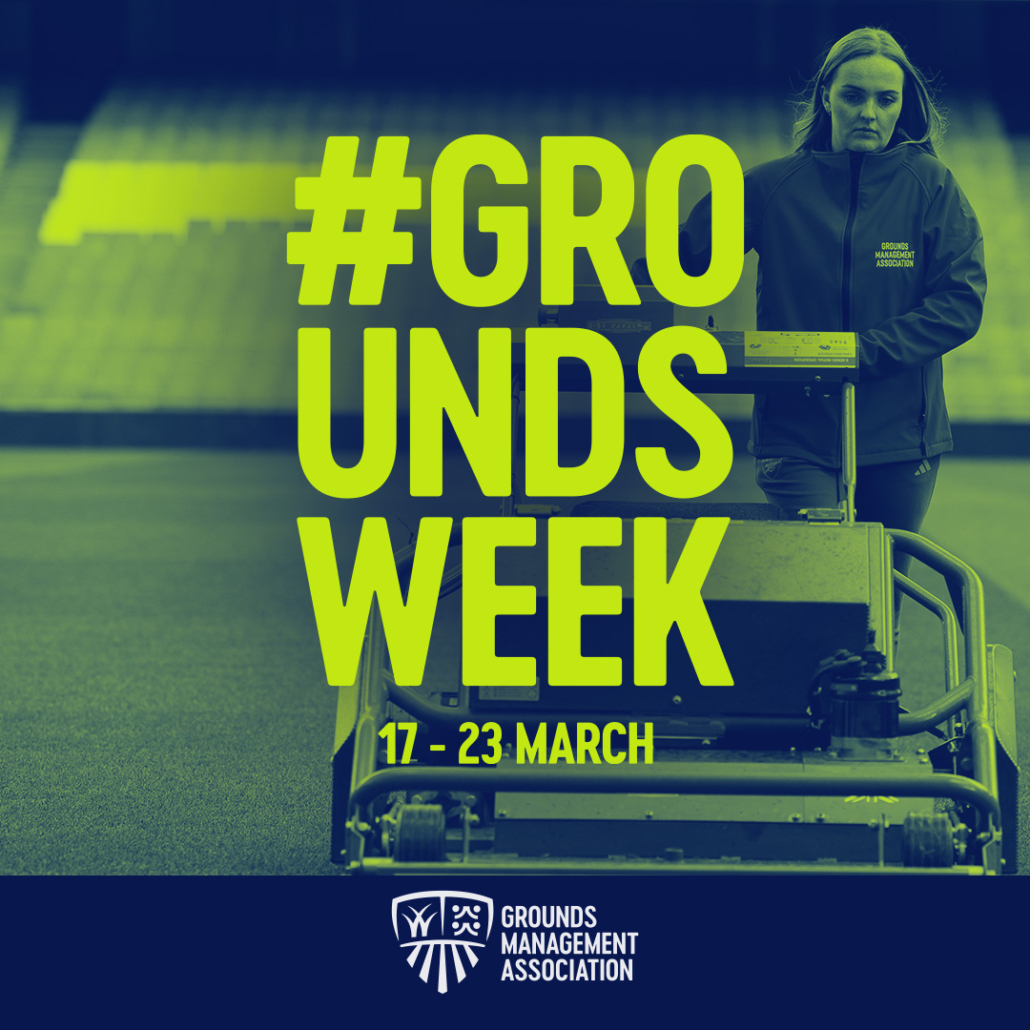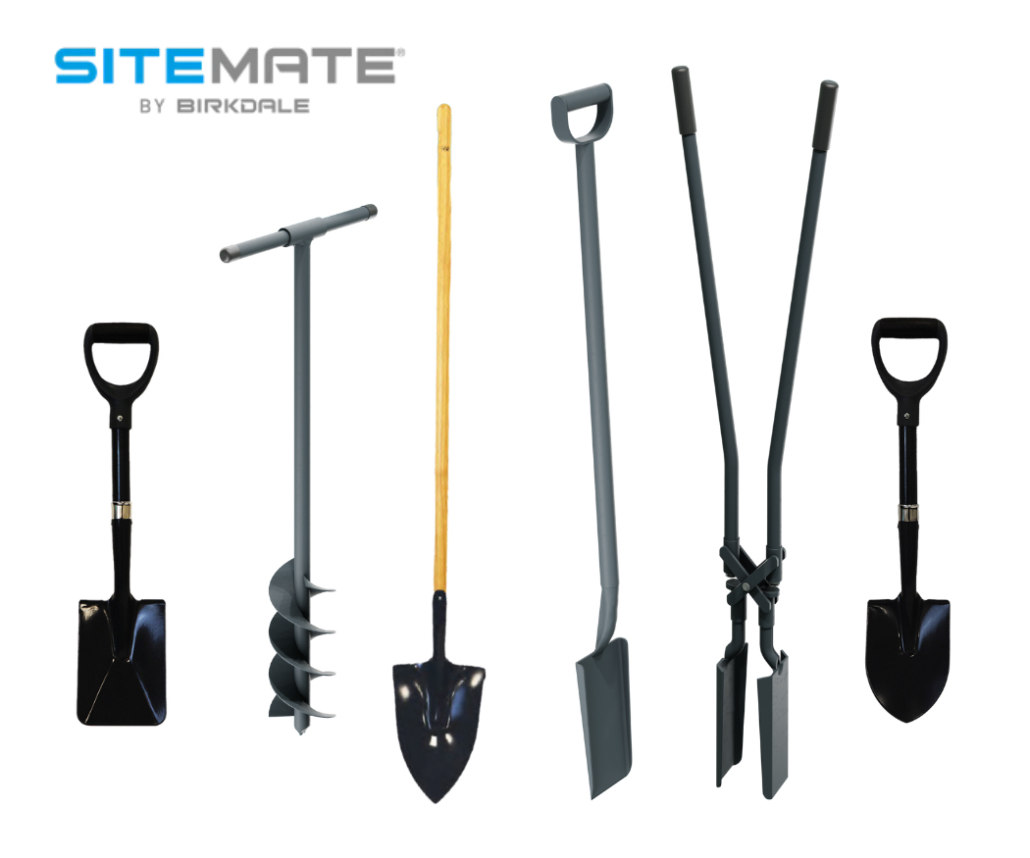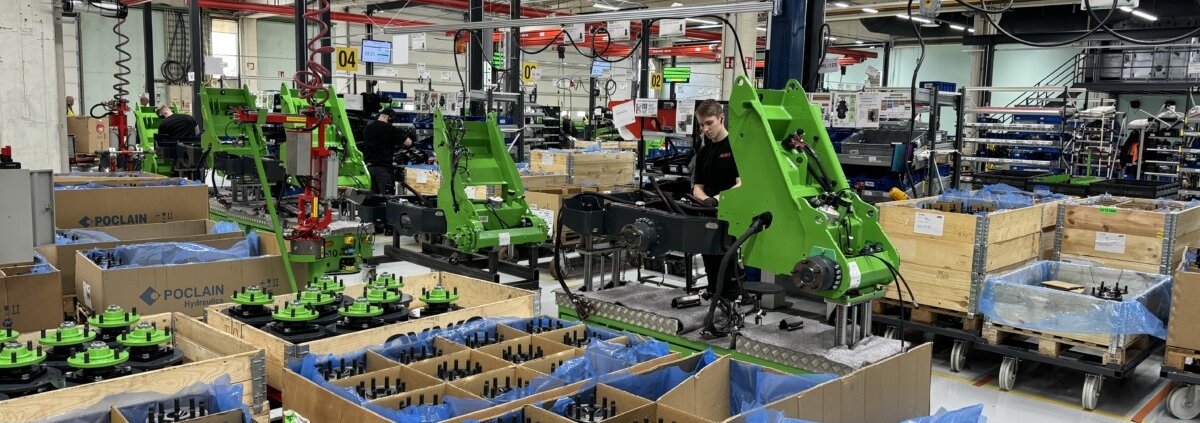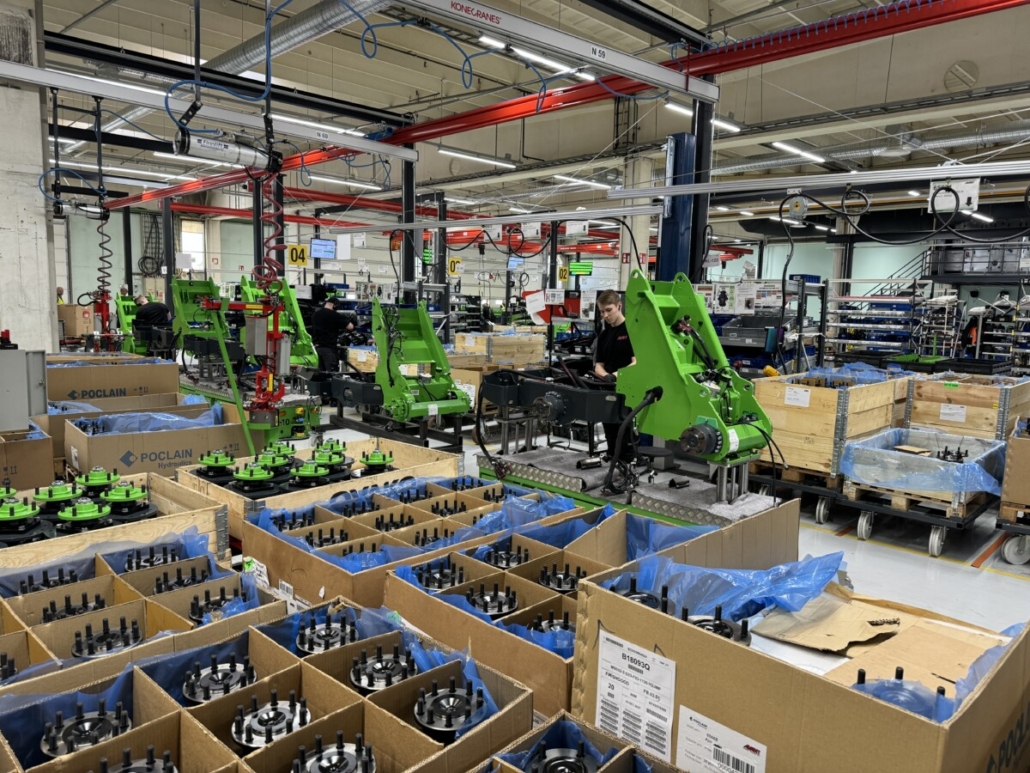How You Can Get Involved With #GroundsWeek
How You Can Get Involved With #GroundsWeek: #GroundsWeek 2025, taking place from 17 to 23 March, is fast approaching.
This nationwide celebration, led by the Grounds Management Association (GMA), shines a spotlight on the professionals and volunteers who work tirelessly behind the scenes to make sports surfaces and green spaces thrive.

How You Can Get Involved With #GroundsWeek
The week is all about recognition, whilst inspiring more people to appreciate and explore careers in grounds management. Whether you’re a professional grounds manager, a volunteer or someone who enjoys well-maintained outdoor spaces, there are plenty of ways to get involved and show your support.
Building on the success of the 2024 campaign, which reached an impressive 18 million people, we hope #GroundsWeek 2025 will reach a global audience, shining a spotlight on the vital role of grounds staff not only in the UK but across the world.
Ways to take part in #GroundsWeek 2025:
- Download the #GroundsWeek Toolkit – Access ready-made graphics, templates and ideas to help you spread the word.
- Share Your Story – Tell us about your experiences in grounds management for a chance to be featured during the week.
- Join the Online Conversation – Keep an eye on @wearetheGMA across all social media channels and help us kick off the week by sharing our launch post on Monday 17 March.
- Show off Your Grounds Team – Post a photo of your grounds staff or volunteers, or share a short video of someone at your club or organisation saying thank you.
- Use the Official Hashtag – Tag @wearetheGMA in your posts and include #GroundsWeek to ensure your content reaches a wider audience.
#GroundsWeek is an opportunity for everyone to celebrate the people who make great outdoor spaces possible.
Get involved and help raise awareness of the vital work that goes into keeping pitches, parks and green spaces in top condition.
To find out more about #GroundsWeek 2025, please visit thegma.org.uk/groundsweek.
For the latest industry news visit turfmatters.co.uk/news
Get all of the big headlines, pictures, opinions and videos on stories that matter to you.
Follow us on Twitter and Instagram for fun, fresh and engaging content.
You can also find us on Facebook for more of your must-see news, features, videos and pictures from Turf Matters.


















